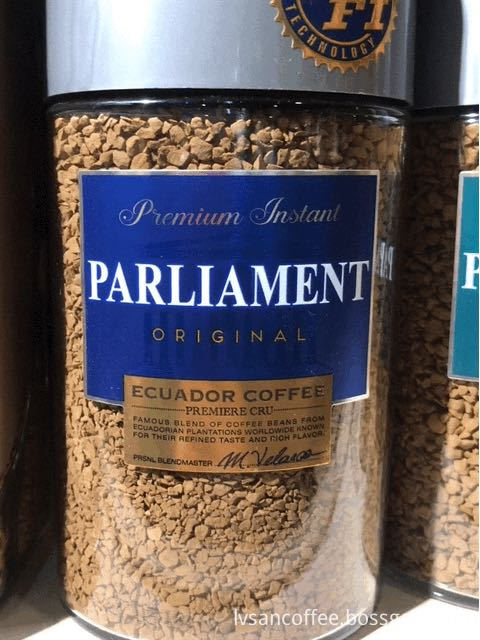Fish seedlings hanging bag fertilization technology
2025-07-19 00:25:29
Fertilizer application in nursery ponds can be done by spreading it throughout the entire pond. While this method provides a quick effect, the duration is short, and many undissolved particles may be ingested by fry, negatively affecting their survival rate. Instead, using chemical fertilizers in plastic woven bags allows them to dissolve and release gradually, offering a more stable and long-lasting nutrient supply. This approach is cost-effective, requires less labor, and ensures a continuous provision of essential nitrogen and phosphorus for phytoplankton growth. As a result, it supports the development of natural food sources for fish fry, significantly improving their survival rate.
The method is as follows:
1. Choose a sunny day for bagging, preferably between 9 a.m. and 4 p.m., when sunlight is strong and water temperature is high. This promotes active photosynthesis in phytoplankton, enhancing fertilizer effectiveness.
2. Nitrogen and phosphorus are crucial for phytoplankton growth. Common nitrogen sources include ammonium bicarbonate and urea, while phosphate sources include superphosphate and calcium magnesium phosphate. For a pond with a depth of 1 meter, each 667 square meters (1 acre) should receive 4–5 kg of ammonium bicarbonate, 4 kg of superphosphate, or 2–3 kg of urea along with 4 kg of superphosphate. Calcium magnesium phosphate can also be used at 4–5 kg per acre.
3. Apply the fertilizers by placing them in plastic woven bags, allowing them to dissolve and diffuse naturally in the water.
- Each 667 square meters should have about 4 bags (one snake skin bag can be cut into four pieces). Separate nitrogen and phosphorus fertilizers into different bags and hang them 20 cm below the water surface. Never mix them in the same bag, as nitrogen dissolves quickly and reacts with phosphates, reducing efficiency.
- Phosphorus fertilizers dissolve slowly, so they can be hung 1–2 times, but not together with nitrogen. It’s better to apply phosphates in the morning and nitrogen in the afternoon.
- The frequency of bag hanging depends on water clarity—usually every 3–5 days. When new water is added, increase the number of bags accordingly. Previously, top-dressing was common, but it was expensive and resulted in only about 30% fry survival. In recent years, using bagged fertilization has boosted survival rates to over 50%. Not only do the fry grow more uniformly and robustly, but the utilization of chemical fertilizers has also improved significantly.
UTZ Freeze dried coffee: also known as Freeze-dried Coffee, it is an Instant Coffee made by freezing liquid products and removing ice through sublimation.
The freeze-dried coffee chips retain the original flavor of coffee well. Due to its loose and porous internal structure and fast dissolution rate, it is a "instant coffee" that is convenient to measure and can easily control the concentration of the beverage.
Low temperature extraction, balanced taste, soft and sweet coffee, good taste retention, rich layers, slightly fruit acid.

Freeze Dried Decaf Coffee,Best Freeze Dried Coffee,Freeze Dried Coffee Process,Organic Freeze Dried Coffee
Yunnan New Biology Culture Co,.Ltd , https://www.lvsancoffee.com